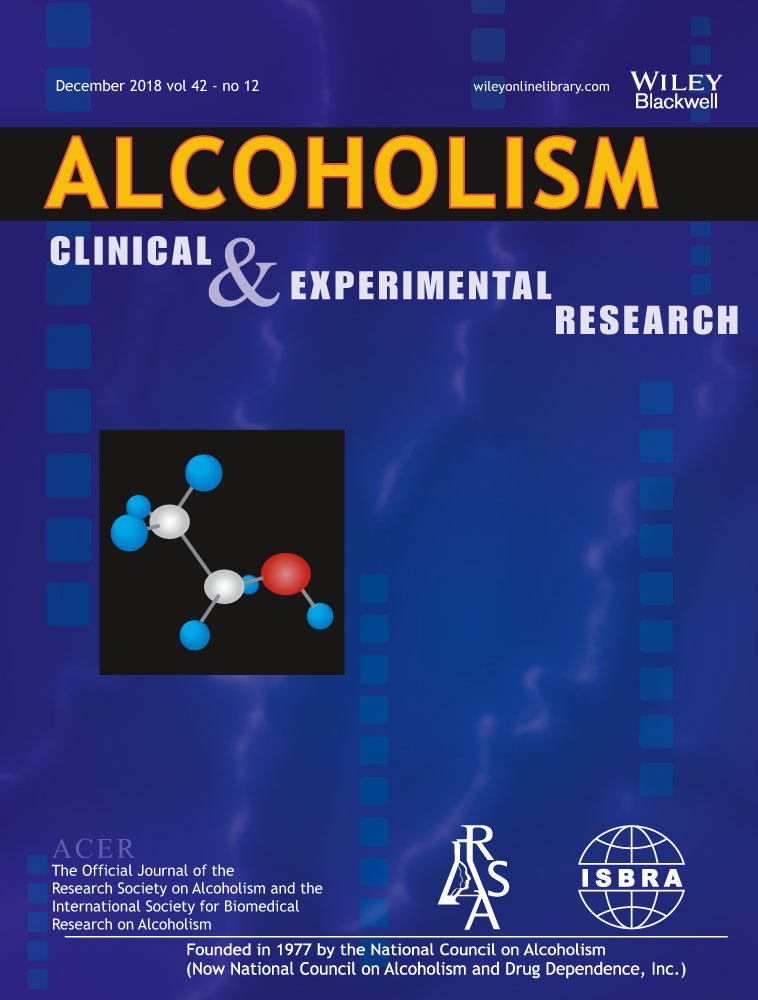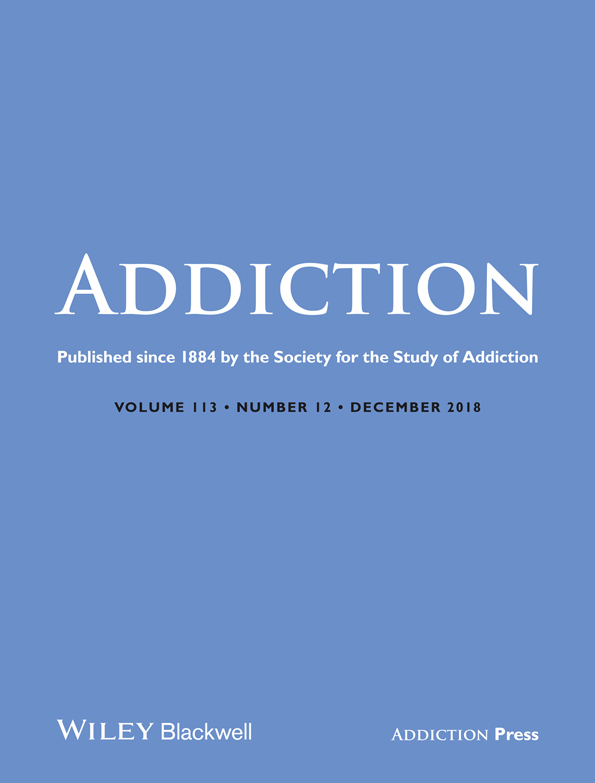
“A number of neuroimaging studies on human addicts have revealed that abuse of Methamphetamine (METH) can induce neurodegenerative changes in various brain regions like the cerebral cortex and cerebellum. Although the underlying mechanisms of METH-induced neurotoxicity have been studied, the cellular and molecular mechanisms of METH-induced neurotoxicity remain to be clarified.
Previous studies implicated that cannabinoid type 1 receptors (CB1Rs) exert neuroprotective effects on several models of cerebral toxicity, but their role in METH-induced neurotoxicity has been rarely investigated. Moreover, the cerebellum was considered as a potential target to evaluate the effects of cannabinoids on locomotion activity as the CB1Rs are most widely distributed in the molecular layer of cerebellum. Therefore, the present study was carried out to evaluate whether neurodegeneration induced in the cerebellum tissue implicated in locomotion deficit induced by METH.
FINDINGS:
The results of the present study demonstrated that repeated exposure to METH increased cerebellar degeneration level as compared to the saline and dimethyl sulfoxide (DMSO) groups. In addition, METH-treated rats showed hyperactivity as compared to the saline and DMSO groups. Pretreatment with WIN significantly attenuated neurodegeneration and hyperactivity induced by METH.
CONCLUSION:
The findings of this study provided evidence that CB1Rs may serve as a therapeutic strategy for attenuation of METH-induced locomotor deficits.”








